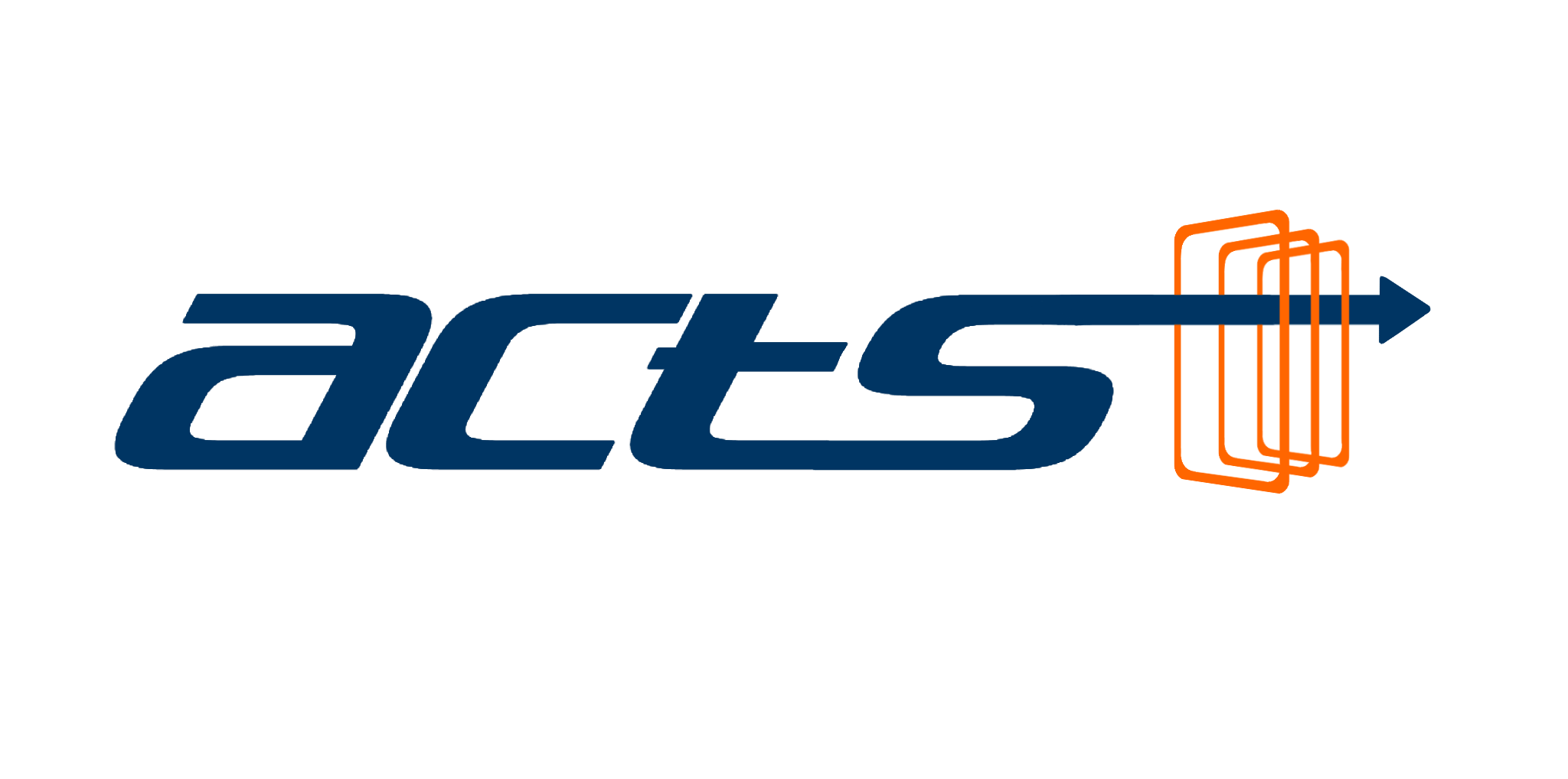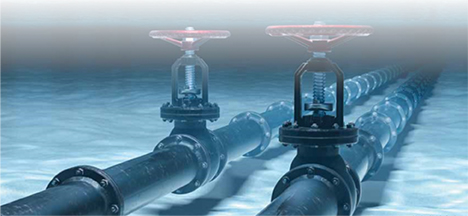By Ed Landgraf
Chairman
Costal and Marine Operations
The United States has a wealth of natural resources—everything from habitat to petroleum reserves is unequalled. Many US citizens work in fishing, marine, waterways and energy related industries. Pipelines safely convey an array of liquids and gases within and well beyond our coastlines. Dredging and many other types of marine construction and excavation activities occur daily. Land building and navigation all are vital to the US economy. Altogether, these riches of natural resources, economic activity and restoration efforts pose special challenges with pipeline safety in marine environments.
New pipelines and utilities are being installed or updated every day, combined with increasing dredging and marine construction activity in the same waters. The chance of a marine vessel contacting underwater infrastructure continues to grow. Accidental interactions and incidents have caused spills, outages, gas releases, injuries and loss of human life. Closing the safety and damage prevention gaps within lakes, bays, rivers, bayous, inlets, oceans and gulfs is the primary focus of Coastal and Marine Operators (CAMO) – “Marine Damage Prevention” and calling 811 for underwater locates are not equally understood as they are on-land.
Best Practices:
Oil and gas pipelines, along with a wide array of utilities, crisscross US waterways in record number; therefore, a new recommended best practices guide titled “Working Safely Near Underwater Pipelines” was released 2019 along with a corresponding “Safety and Emergency Tip Card” for jobsite use. Both documents will help to ensure the continued safety and environmental protection that we all strive to maintain and enhance.
Debuted at the annual Coastal and Marine Safety Emergency Response Workshop on November 6, 2019 in New Orleans, LA, the two new publications were distributed. The meeting is co-hosted by the organizations that prepared these new tools: the Coastal and Marine Operators Group (CAMO) and the Lake Pontchartrain Basin Foundation (LPBF). It should be noted, support and funding from multiple partners and agencies made this project possible.
The picture-packed, best practices guide leads personnel involved with underwater or marine projects through long-term and short-term project planning steps. It includes guidance during construction and the new pocket-sized, waterproof safety and emergency tip card also serves as a checklist or safety meeting topic at the jobsite.
Nationwide Online Training:
In summer of 2020, the first-ever national online and interactive pipeline safety training will be released for working safely near underwater pipelines. It complements the recommended best practices and tip card highlighted above. This online training has something for everyone no matter what their responsibilities entail, even if it’s land based. Although designed for mariners, underwater construction and the pipeline industry, it addresses general safety and damage prevention that can apply to all facilities. Telecommunications, electric, water and other utility lines often traverse some type of waterway.
This one hour online training has seven (7) training sections that can be completed at different intervals—on a desktop, laptop, phone or finish it on a tablet, whatever fits your lifestyle. The training covers One Call, project planning, personnel roles, communication, timing, marking, tolerance zones and emergency response. The training is FREE for the first 500 users and only a one-time $5 administrative fee afterwards. All contractors and pipeline personnel engaged in marine construction, pipeline safety or related activities should consider this online training as a valuable resource when working near underwater pipelines. Closing gaps in all aspects of damage prevention gets everyone closer to ZERO accidents!
Download “Working Safely Near Underwater Pipelines” Best Practices Guide and Tip Card for FREE at www.camogroup.org.
To register for the online training at Damage Prevention Academy: enter in the URL: https://pages.dpa.training/camo-reg/ or find the online training link at www.camogroup.org.
For more info on joining CAMO or questions contact Ed Landgraf, Chairman at ed@camogroup.org.

